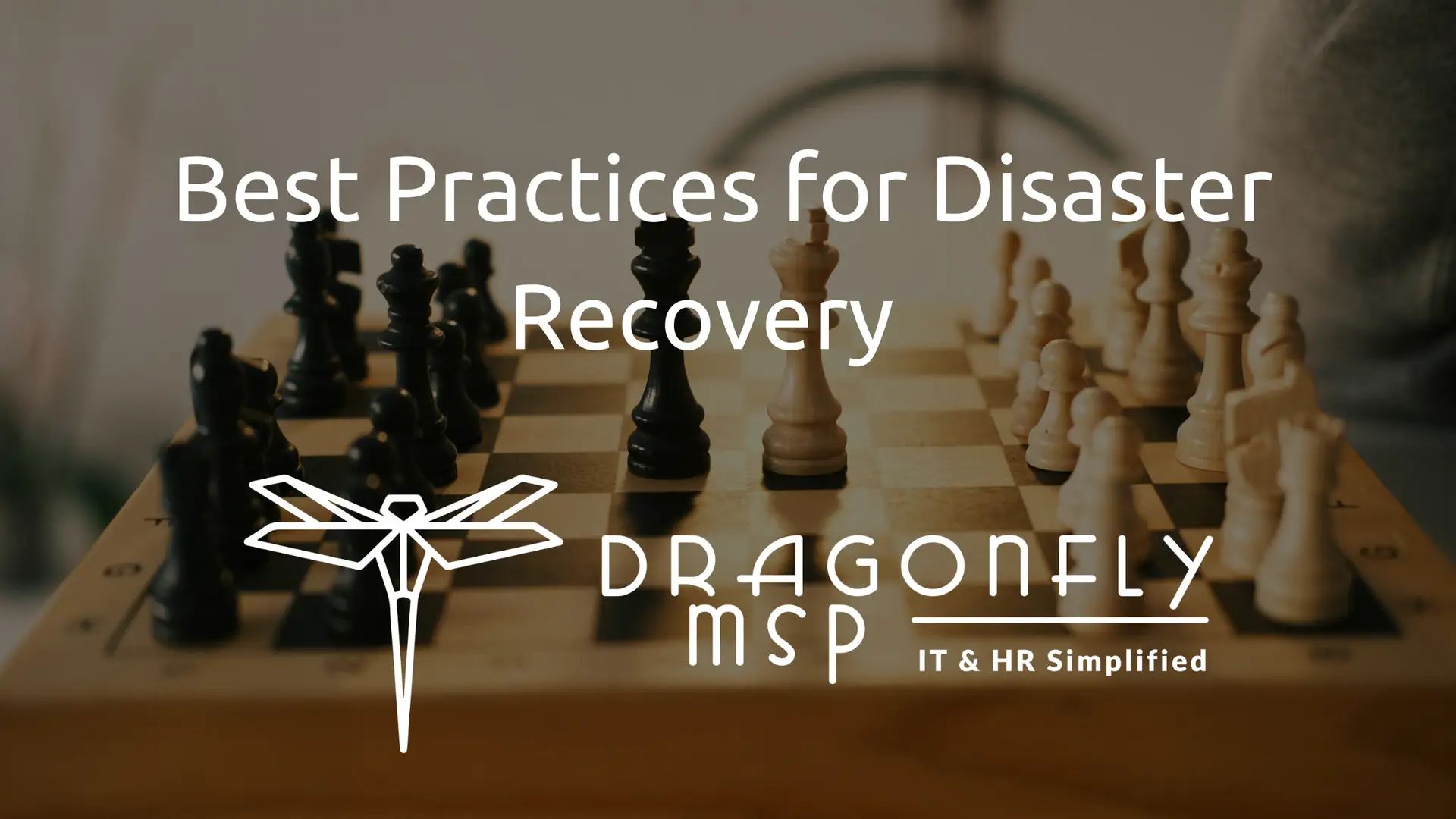1. “Why Worry? Because Disaster Strikes When You Least Expect It!”
Ah, disaster recovery! It’s one of those things that sounds gloomy but is absolutely essential. Picture this: you’re sipping your coffee, everything’s going smoothly, and then bam! a disaster strikes. Whether it’s a cyber-attack, a power outage, or just good old-fashioned human error, disasters don’t schedule appointments. They just show up like that one friend who never calls before visiting.
But worry not! With the right disaster recovery plan, you can turn this potential nightmare into just a minor hiccup in your day. So, why worry? Because being prepared can save you from a world of pain and not to mention, a lot of explaining to do.
In this ever-evolving digital age, having a solid disaster recovery plan is like having an umbrella on a rainy day. You might not need it all the time, but when you do, you’ll be glad it’s there. Now, let’s dive into the nitty-gritty of creating a foolproof disaster recovery plan.
2. “Know Thy Enemy: Identifying Potential Disasters”
To defeat your enemy, you must first know your enemy. Sure, that sounds like something out of a martial arts movie, but it applies to disaster recovery too! The first step is identifying the potential disasters that could hit your business.
Are you in an area prone to natural disasters like floods or tornadoes? Or is your biggest threat something digital, like a cyber-attack? Consider everything from power outages to accidental data deletions. Make a list and check it twice—no, this isn’t Santa’s list.
Understanding the types of disasters that could affect your business will help you tailor your disaster recovery plan to address specific threats. And remember, even the smallest oversight can lead to significant disruptions, so be thorough.
3. “The Backup Buddy: Your Data’s Best Friend”
Let’s face it: nobody wants to be the person who forgot to back up their data. Data backups are your first line of defense in disaster recovery. Think of them as your data’s best friend, always there to lend a helping hand when things go south.
Set up regular backups and store them in multiple locations. Cloud backups are a great option, but don’t forget about good old-fashioned external drives as well. The key here is redundancy it’s better to have more backups than you think you need. You never know when one might fail.
And here’s a nifty tip: test your backups regularly! It’s like checking if your flashlight works before the power goes out. Regular testing ensures that your backups are functional and up-to-date, so you won’t be caught off guard when disaster strikes.
4. “Plan Like a Pro: Crafting Your Disaster Recovery Plan”
Now that you’ve identified potential disasters and set up backups, it’s time to craft your disaster recovery plan. Think of this as your master blueprint for handling any crisis that comes your way. It’s like a superhero’s utility belt—packed with all the tools you need to save the day.
Your plan should include detailed steps for each type of disaster, roles and responsibilities for team members, and a communication strategy. Make sure everyone knows their part in the plan. After all, teamwork makes the dream work, even in disaster recovery.
And don’t forget to include a timeline for recovery. Knowing how long each step should take will help you manage expectations and minimize downtime. With a well-crafted plan, you’ll be ready to tackle any disaster like a pro!
5. “Testing, Testing: The Importance of Regular Drills”
A disaster recovery plan is only as good as its execution. That’s why regular drills are crucial. Think of them as fire drills for your data. They might seem tedious, but they ensure everyone knows what to do when the real thing hits.
Schedule regular drills and simulate different disaster scenarios. This will help you identify any weaknesses in your plan and make necessary adjustments. Plus, it’s a great team-building exercise nothing brings people together like pretending the sky is falling!
Remember, practice makes perfect. By regularly testing your disaster recovery plan, you can ensure that everyone is prepared and knows their role. So when disaster strikes, your team will be ready to spring into action without missing a beat.
6. “Staying Informed: The Key to Adaptability”
In the world of disaster recovery, staying informed is crucial. Technology and threats are constantly evolving, and your plan should too. Keep up with the latest trends and best practices in disaster recovery to ensure your plan remains effective.
Subscribe to industry newsletters, attend webinars, and engage with online communities. The more you know, the better prepared you’ll be to adapt your plan to new challenges. Plus, staying informed helps you anticipate potential threats before they become full-blown disasters.
Being adaptable is key to effective disaster recovery. By staying informed, you’ll be able to tweak your plan as needed and ensure your business is always one step ahead of potential disasters.
7. “Communication is Key: Keeping Everyone in the Loop”
When disaster strikes, clear communication is essential. Your disaster recovery plan should include a communication strategy that keeps everyone informed throughout the recovery process.
Designate a point person to handle communication with internal and external stakeholders. This person should be calm under pressure and able to provide clear, concise updates. Remember, a well-informed team is a more effective team.
And don’t forget about your customers. Keeping them in the loop shows transparency and builds trust. Even a simple update can reassure them that you’re on top of the situation and working hard to resolve any issues.
8. “Embrace the Cloud: A Silver Lining in Disaster Recovery”
The cloud is a game-changer when it comes to disaster recovery. It offers flexibility, scalability, and redundancy, all crucial elements of a robust disaster recovery plan. Embrace the cloud as part of your strategy and reap the benefits.
Cloud-based backups ensure that your data is safe and accessible from anywhere, even if your physical location is compromised. Plus, cloud services often come with built-in security features that can help protect your data from cyber threats.
The cloud also allows for easier collaboration and communication during a disaster. Your team can access the information they need from anywhere, ensuring that recovery efforts continue smoothly even if your office is out of commission.
9. “Learn from the Past: Analyzing and Improving Your Plan”
After every disaster or drill, take the time to analyze what went well and what could be improved. This post-mortem analysis is an invaluable step in refining your disaster recovery plan and ensuring it remains effective.
Gather feedback from your team and identify any areas of improvement. Were there communication breakdowns? Did any steps take longer than expected? Use this information to tweak your plan and make it even better.
Remember, a disaster recovery plan is a living document. It should evolve and improve over time, just like your business. By learning from the past, you can ensure that your plan is always ready for whatever the future throws your way.
10. “Celebrate Your Resilience: You’ve Got This!”
Congratulations! By following these best practices, you’re well on your way to building a disaster recovery plan that’s as resilient as it is effective. Take a moment to celebrate your hard work and dedication to protecting your business.
Remember, disaster recovery is not just about surviving a crisis—it’s about thriving in the face of adversity. With the right plan in place, you can turn potential disasters into opportunities for growth and improvement.
So raise a glass (or a coffee mug) to your resilience and commitment to your business. You’ve got this, and you’re ready to tackle whatever challenges come your way with confidence and humor. Cheers to disaster recovery done right!







